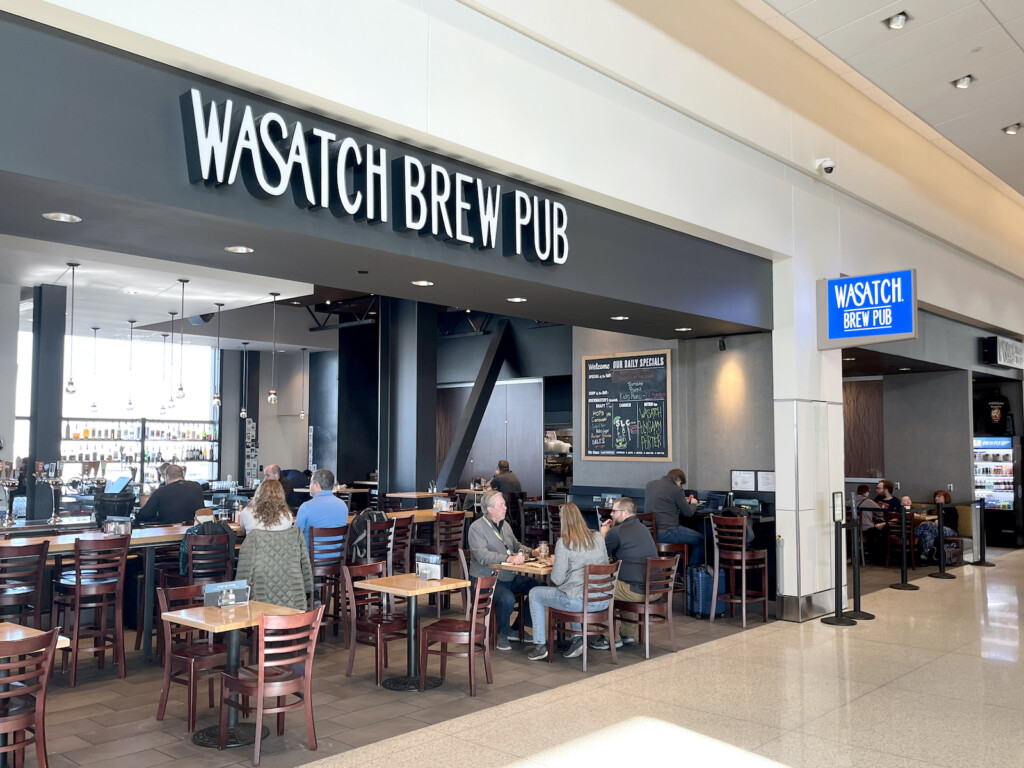
The Tagge family expands their fruit selection
Raspberries, aka “razzleberries,” should actually be called “dazzleberries” because of the way their red nubs of flavor dazzle the taste buds.
But this summer delight is not an easy picking. Raspberries are fragile, requiring care and cultivation. Thayne and Cari Tagge are hoping their efforts will result in some of the best dazzling razzleberries in the market.
The Tagges are first-generation farmers. Their success has resulted from producing outstanding peaches and produce and selling them directly to consumers.
“We specialize in the four food groups: peaches, corn, tomatoes, and berries,” they tell me.
The Tagges are something of a Utah cultural institution since they attend nearly every major farmers market in the state and staff dozens of parking lot stands that serve neighborhoods far and wide.
Besides the retail side, the Tagges have the patience for cultivating land and crops that require time. A peach tree can take five years to mature, but peaches offer the highest profit margin for the two aspects of farming that are becoming ever more scarce in Utah: land and labor. When it comes to raising raspberries, the land must be dazzling as well.
Tagge fruit stands will include locally grown raspberries
I recently had the opportunity to meet Thayne Tagge
To reach his new operation, my dogs and I drove through the checkerboard of recently harvested wheat fields that make up Ogden Valley.
His three-year ongoing experiment growing raspberries is in a locale where nobody has yet attempted to raise them. It’s on high, fertile ground, surrounded by rivers and forest just below Causy Reservoir, about 20 minutes outside of Huntsville, Utah.
When I drove near the farm the air smelled like a fish market. Tagge was applying liquid organic fish fertilizer to his fields. He wants to grow “Certified USDA Organic” berries, which is not a simple matter—herbicides cannot be used for weed control, which leads to more intensive hand labor. At present, the fields have neat rows of raspberry canes that will likely produce the first salable crop this year.
Tagge hopes his berries will rival the famous raspberries from Bear Lake, which is currently the only site in Utah that offers the unique geographical conditions required to produce raspberries on a mass scale.
The Tagges own 20 acres with about eight acres under cultivation.
The new raspberry plants are little green nubs. “I really don’t know how well they are going to turn out this year,” Thayne says. “If they don’t look right, we can always use them in jam.” This natural farmer’s uncertainty does not create a hint of stress in his demeanor. Tagge always appears happy. He loves what he does and he feels lucky to be doing it. In his former life, he was an accountant.
The Tagges understand that even local consumers have come to expect a level of perfection in their produce that is difficult to achieve.
He says that Driscolls, the most well-known berry brand from California, uses plastic clam-shell containers containing only the largest, most perfect-looking berries. They achieve this by using carefully cross-bred varieties and special shade cloth. “Otherwise,” says Thayne, “the berries have little white spots, which are sunburns. They still taste fine, but they look better without them.”
Tagge is hopeful that this will finally be the year he will harvest up to 1,000 flats of Tagge’s Causey Dam Raspberries. Look for them at a fruit stand near you.
Their website is quite lovely as well: taggesfruit
Want more local farming and farmers? Click HERE.





